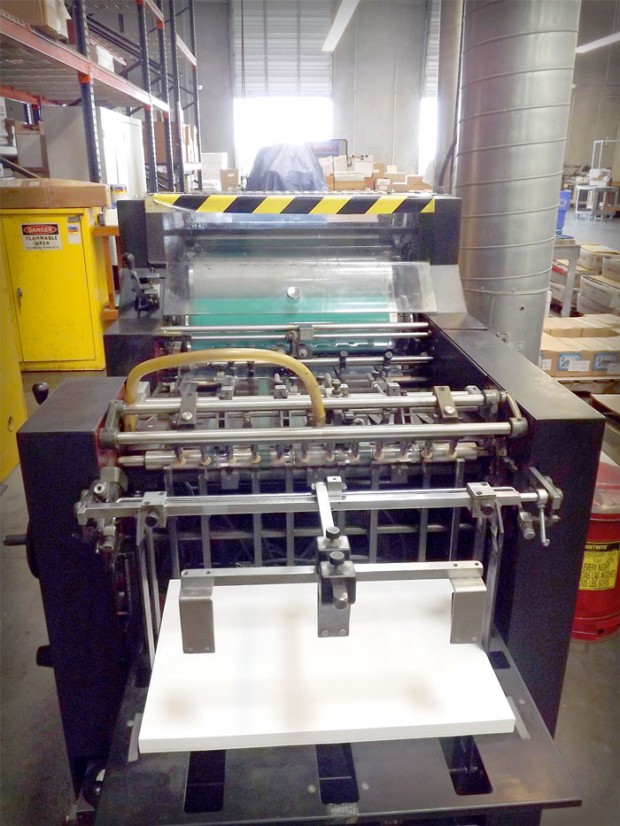When looking for the right direct mail partner, it’s important to find a firm that is committed to quality. Following are some direct mail quality best practices that will ensure your campaign is executed without a hitch.
Proofreading
Proofreading best practices include:
- Check for spelling and grammar errors. For example, Anderson proofreaders have a full-page checklist they follow to make sure all errors are caught consistently and correctly.
- Check all phone numbers, URLs and math within a given piece. If your CTAs are incorrect, your campaign is sunk from the beginning. Also, if important data and calculations are incorrect, you lose credibility with your audience.
- Check for consistency among all elements. This may include the way words are hyphenated or capitalized, or inconsistencies in verb tense or point of view.
- Check that any edits were made correctly, and that errors were not introduced.
- Develop a style guide for clients that mail multiple pieces within a given year, outlining their brand preferences when it comes to phrasing, grammar, and brand standards (when feasible).
Data Quality Assurance
Once a piece is “personalized” with the information pertinent to each individual, you need to check the variables for accuracy:
- Confirm each customer’s offer eligibility using the incoming data from the client. When you have high-risk mailings, for example offers of money or a certain amount of savings, it’s especially important to ensure each customer receives the correct offer.
- Confirm that the data from the client is consistent with the requested client layout.
- Check the finalized data to ensure all data fields that will print on the piece are fully populated and that information is not truncated or missing.
- For inkjet mailings, ensure that requested variable codes and messages are accurate and properly populated.
- Check that all variables are pulling into the appropriate field on the piece.
- Scan the intelligent mail barcode (IMB) and be sure that it matches the code in the data. This is important as the IMB allows you to track your mail through the stages of processing all the way to delivery, which can help you increase efficiencies and respond to customers.
Postal Service Regulations
Of course, direct mail marketers have an important relationship with the U.S. Postal Service. The following checks are critical to keeping both the post office and the client happy:
- Ensure the artwork and mailing piece are configured to meet USPS regulations. Postal regulations can change, and if you don’t stay up to date, your piece may not mail!
- Check that postal rate, level and type match what the client has requested. Postage rates went up in January 2014, and direct mail marketers are being smarter about how they segment their mail. An incorrect postage type can cost you—literally.
Final Quality Check
The final quality check is the last frontier when it comes to data and variables, and these steps are key:
- Be sure to pull a few pieces directly from the machine where they are being printed.
- Check all variables one last time against the incoming data and the client matrix.
- Take a final glance at the overall layout to catch any last-minute errors that may have been introduced.
Production Floor
Quality checks should also happen throughout the printing process, right up until the trucks are loaded. It is important to check window placement on envelopes, ensure that all inserts are correct and codes and phone numbers match the main piece, as well as verify meter slugs, postage rates and more!
As you can see, quality is not something to be taken lightly and should be considered just as carefully in the partner selection process as price and efficiency.




